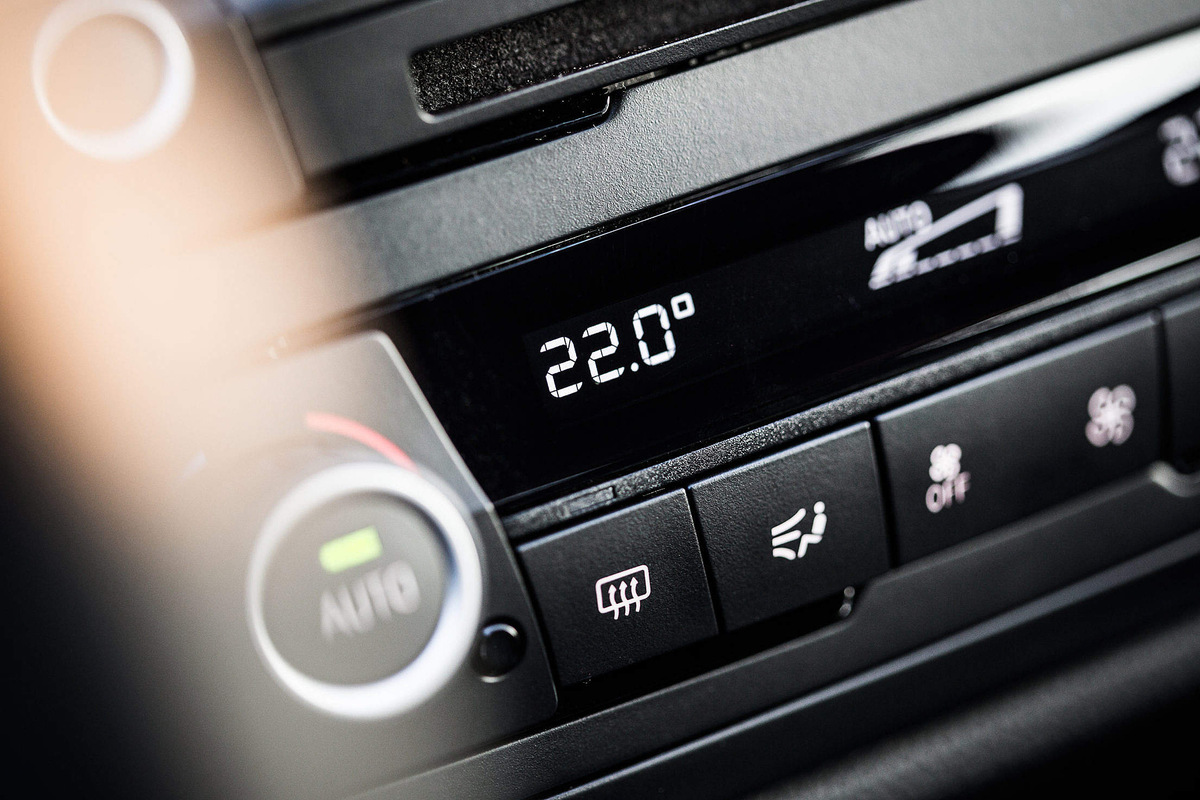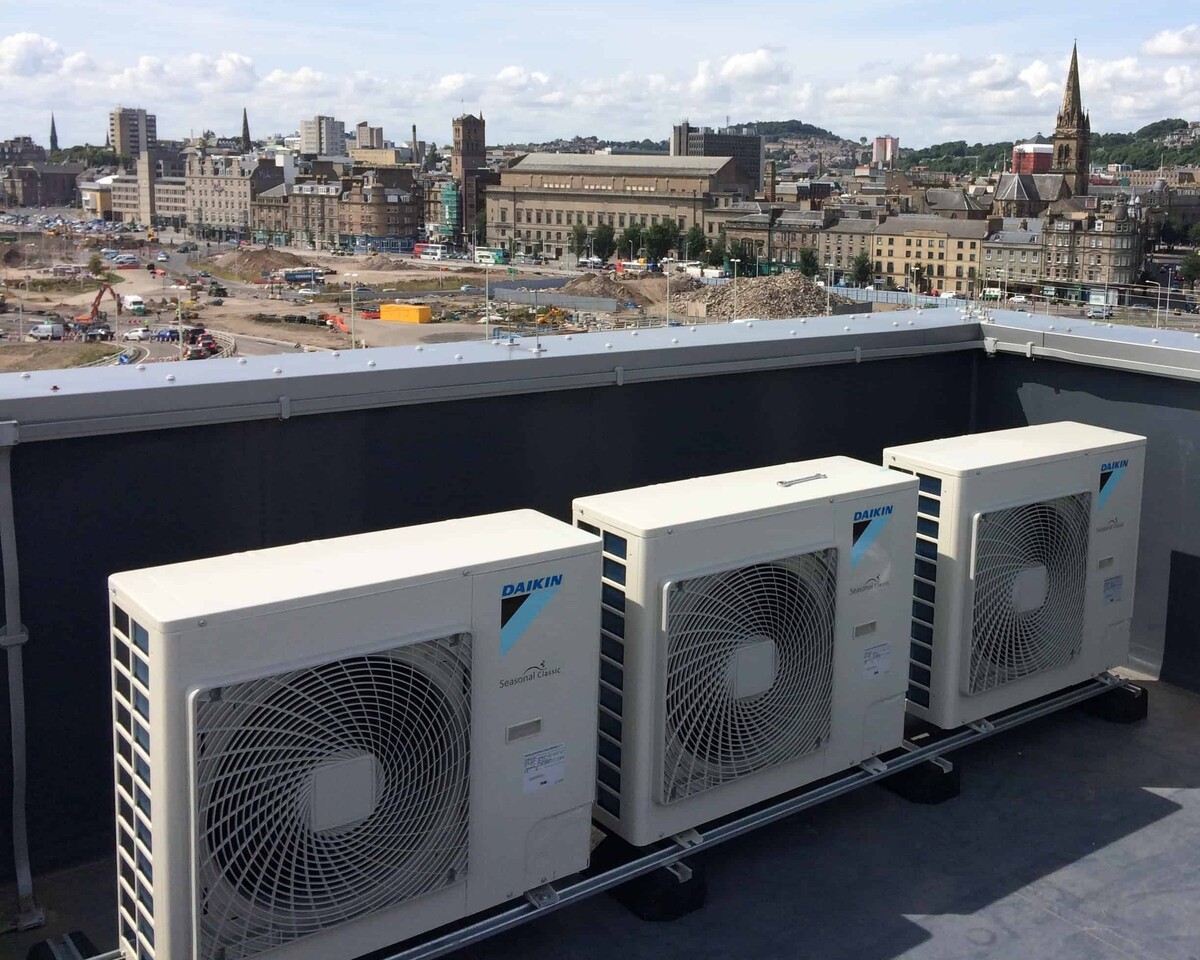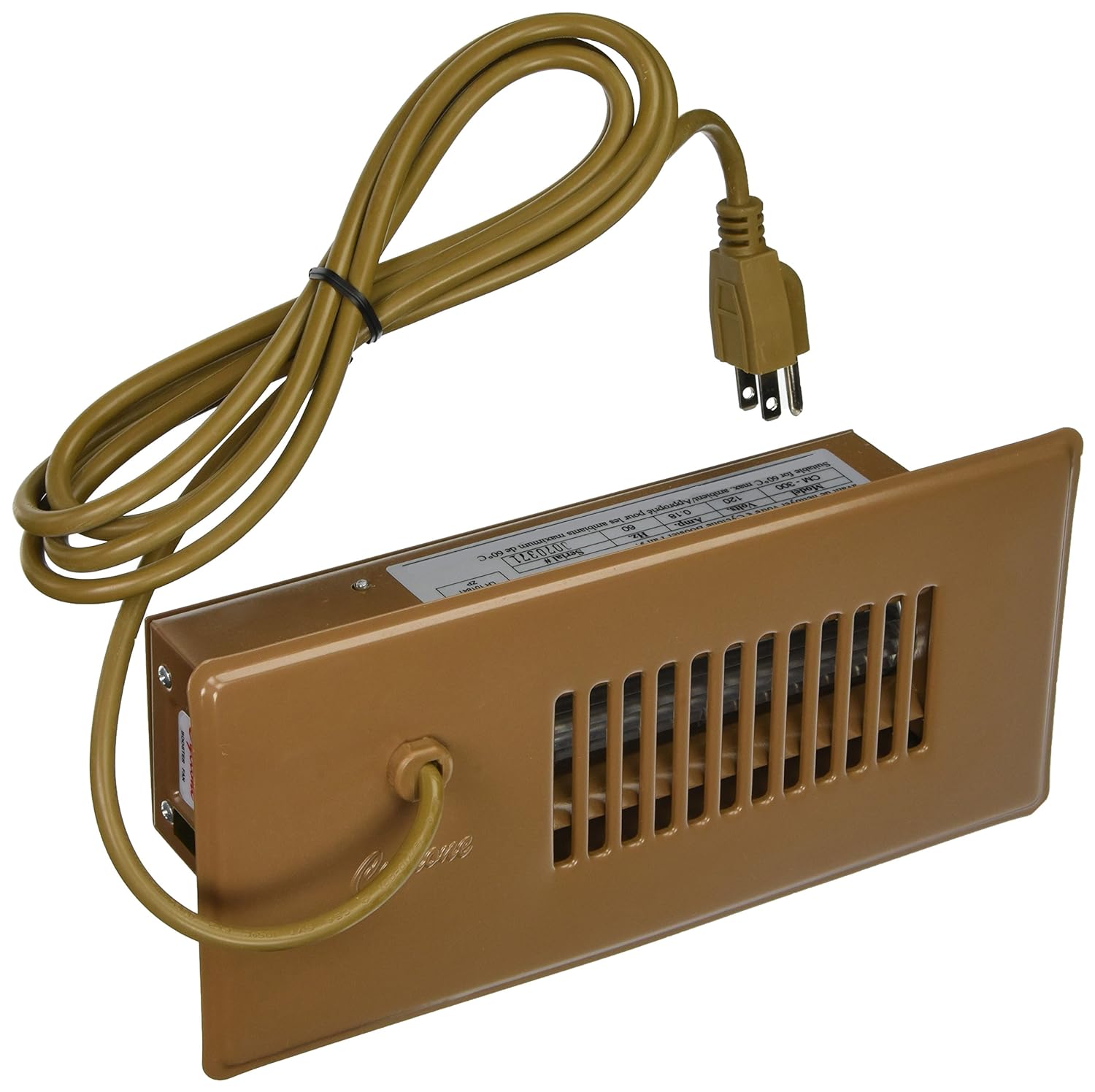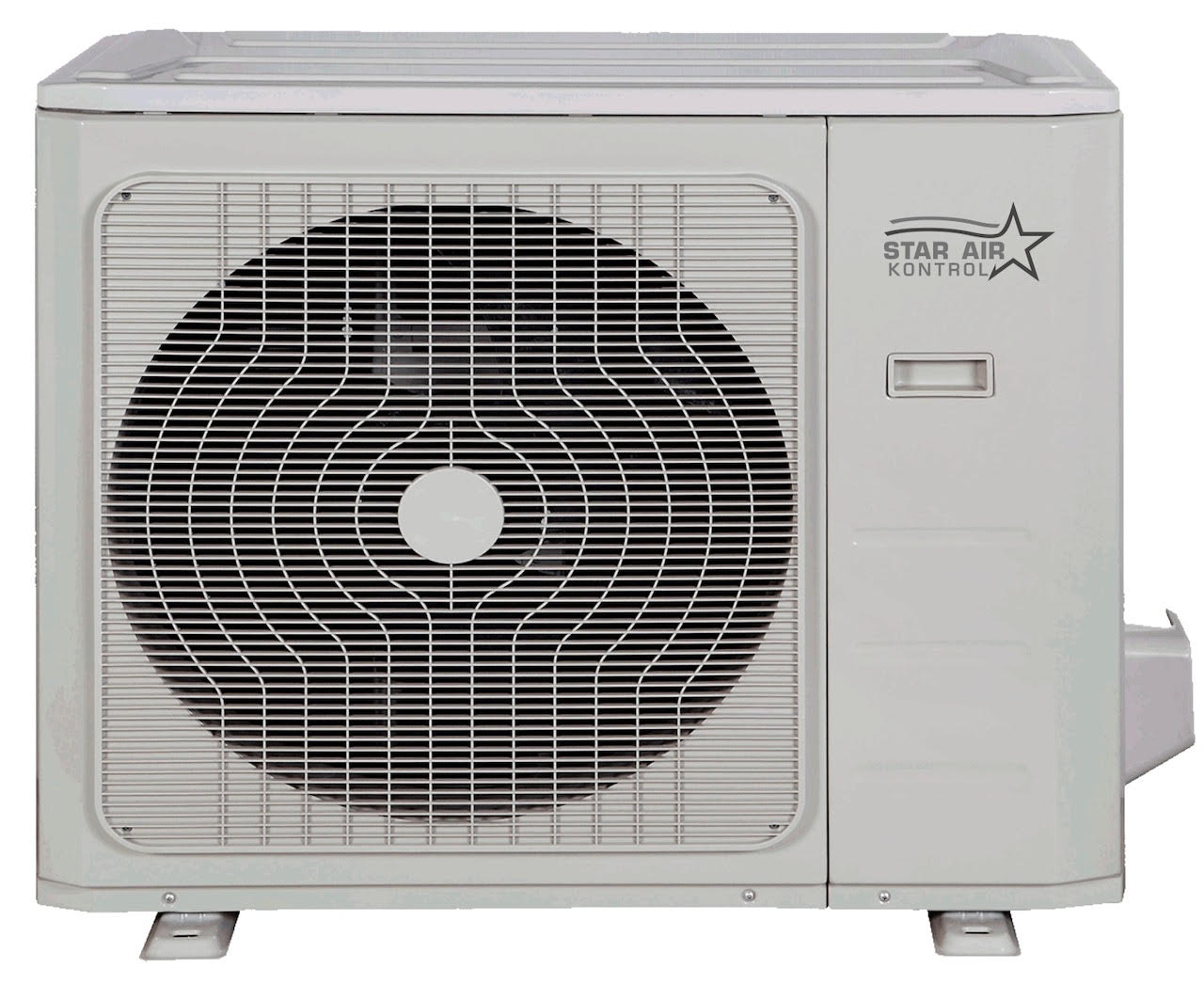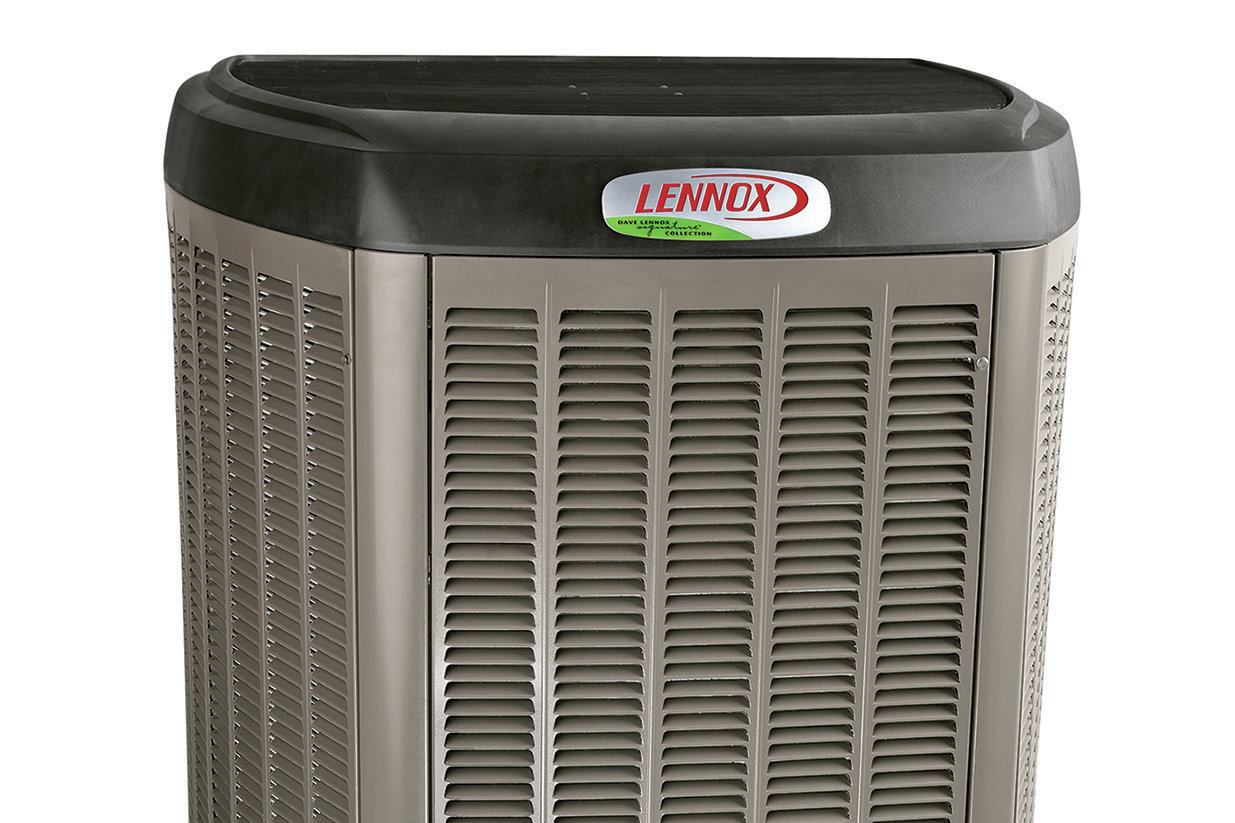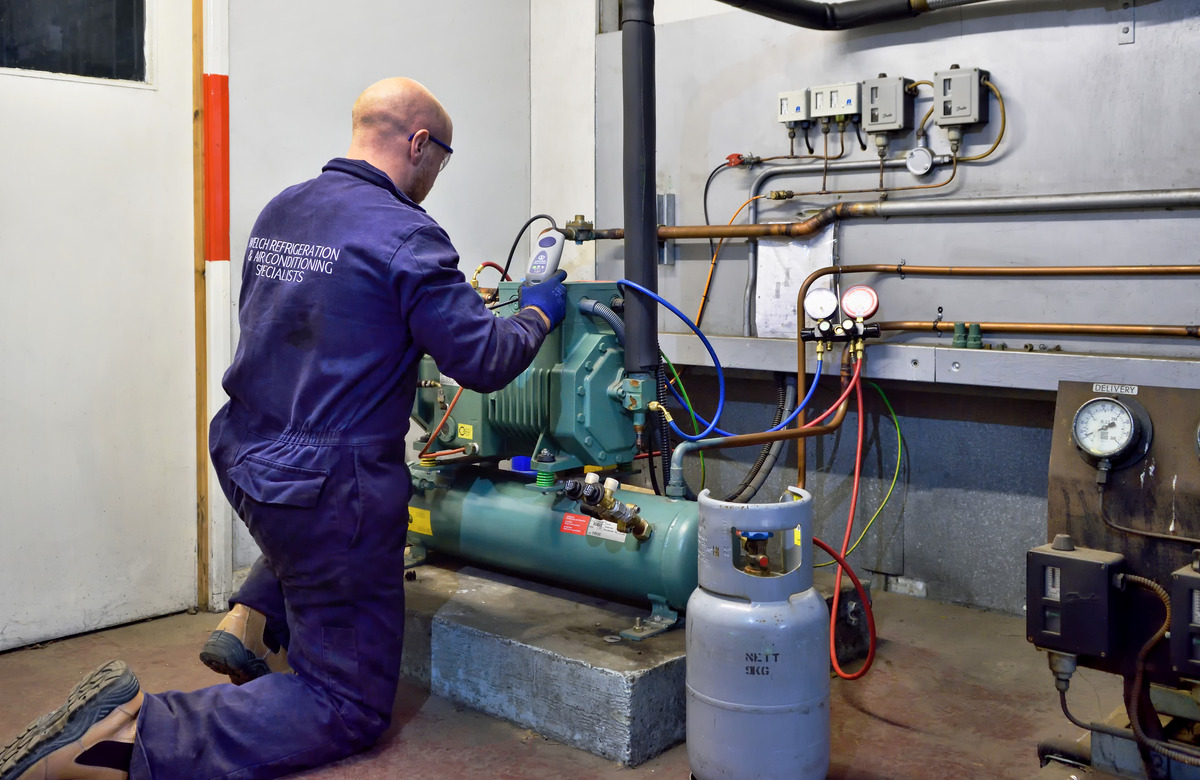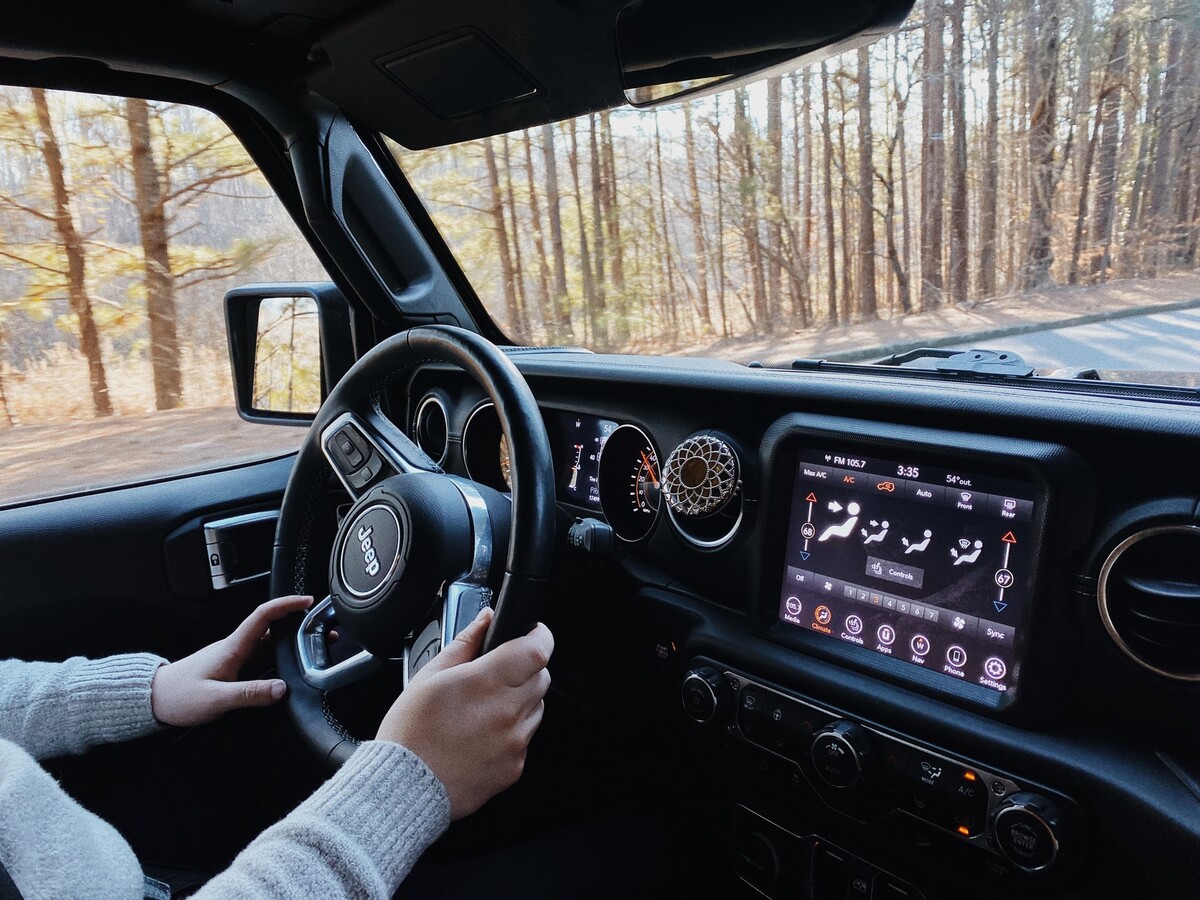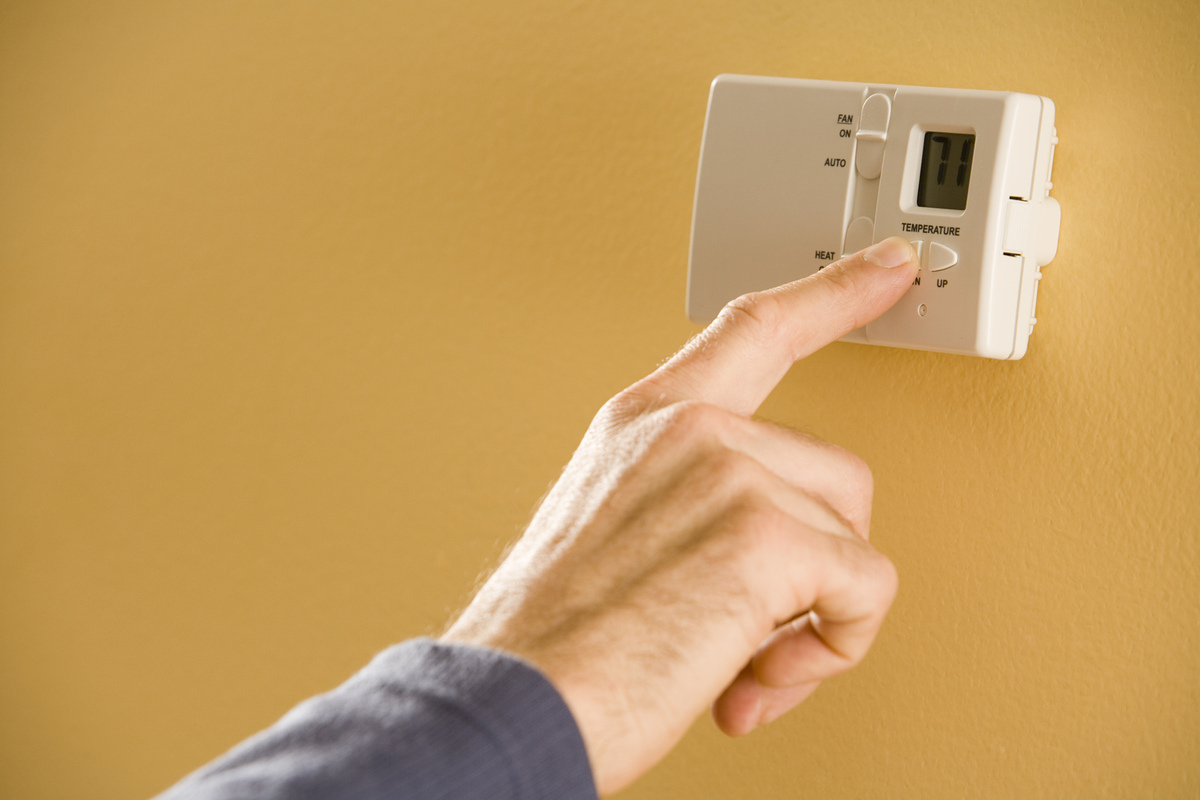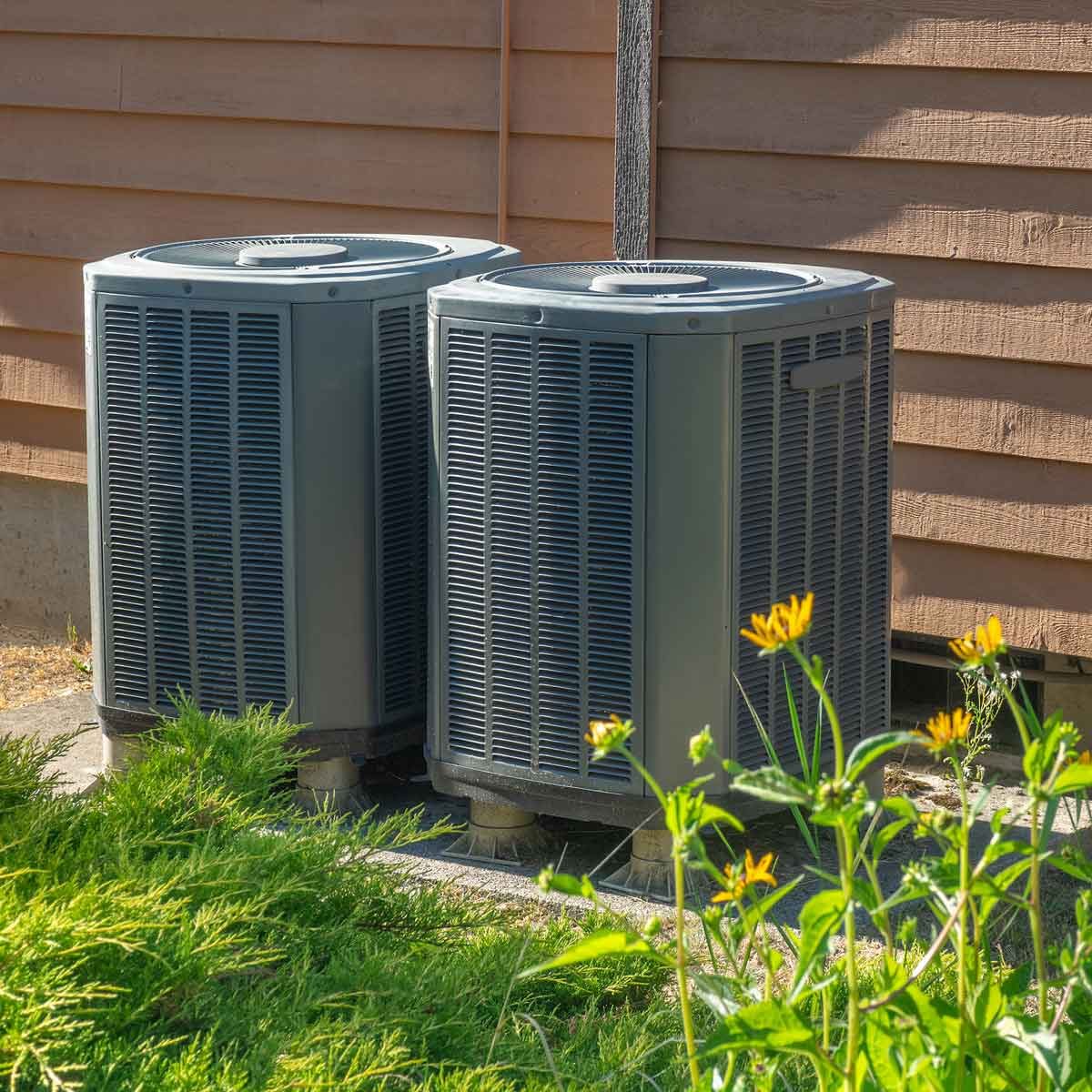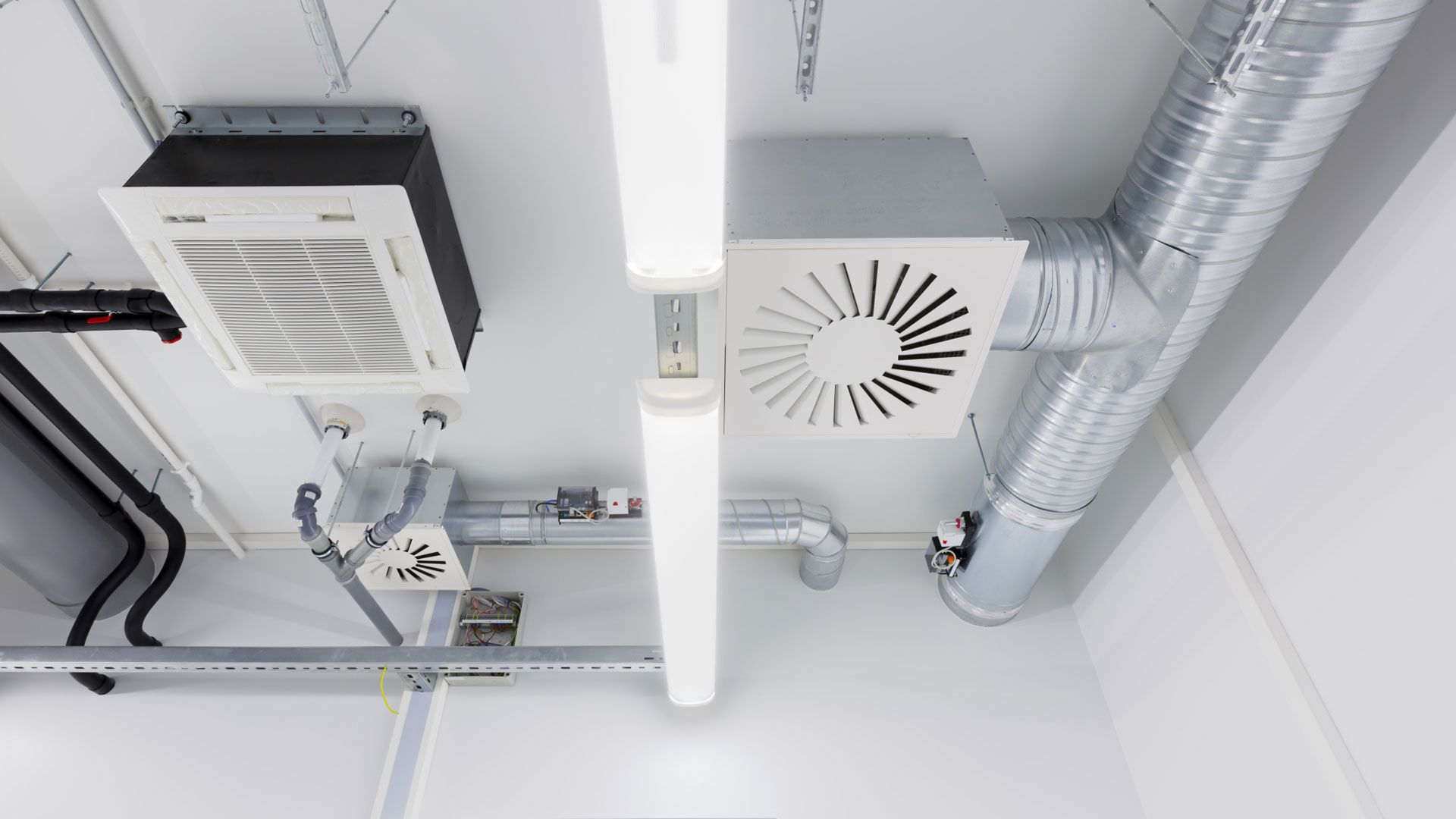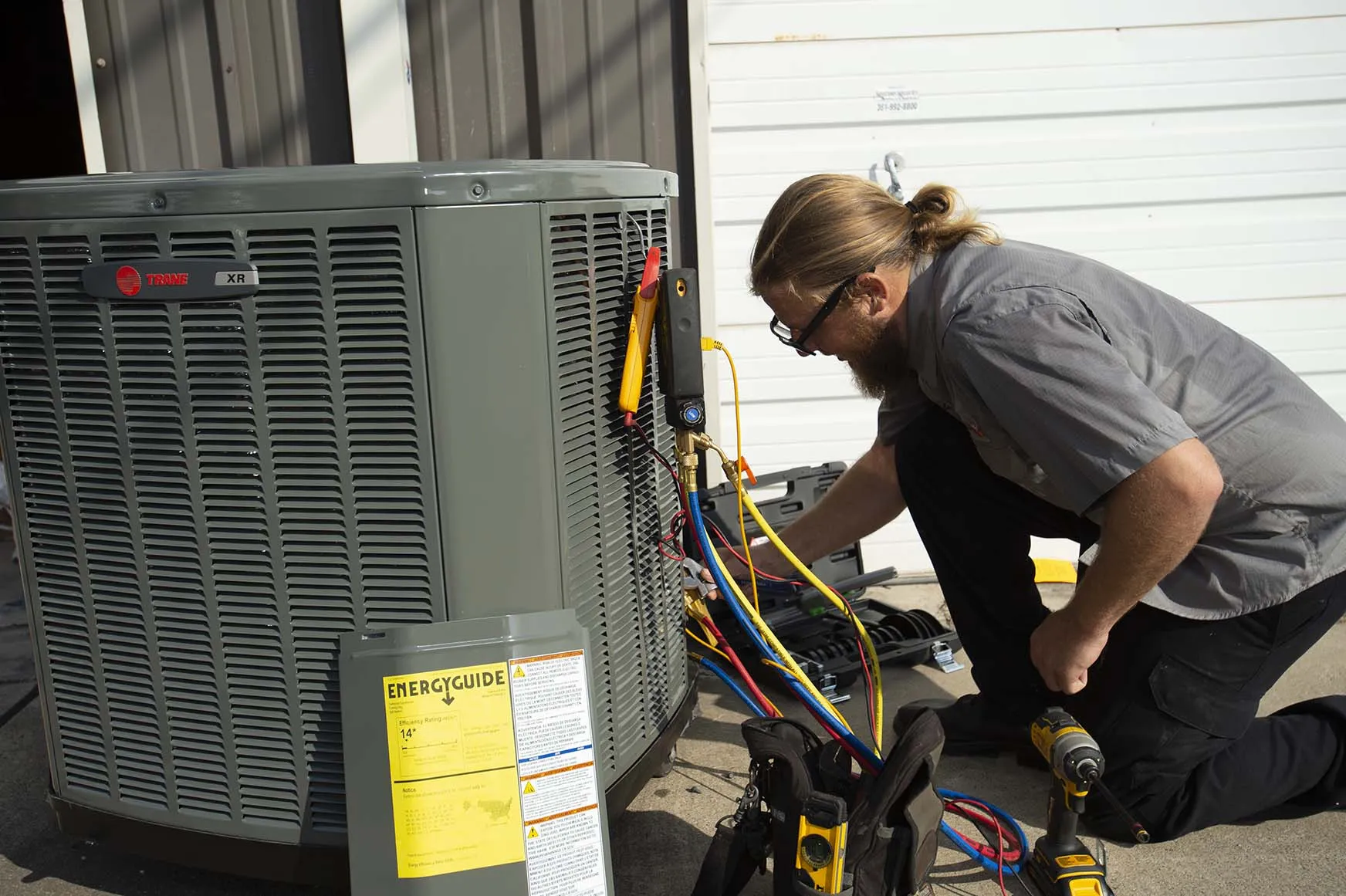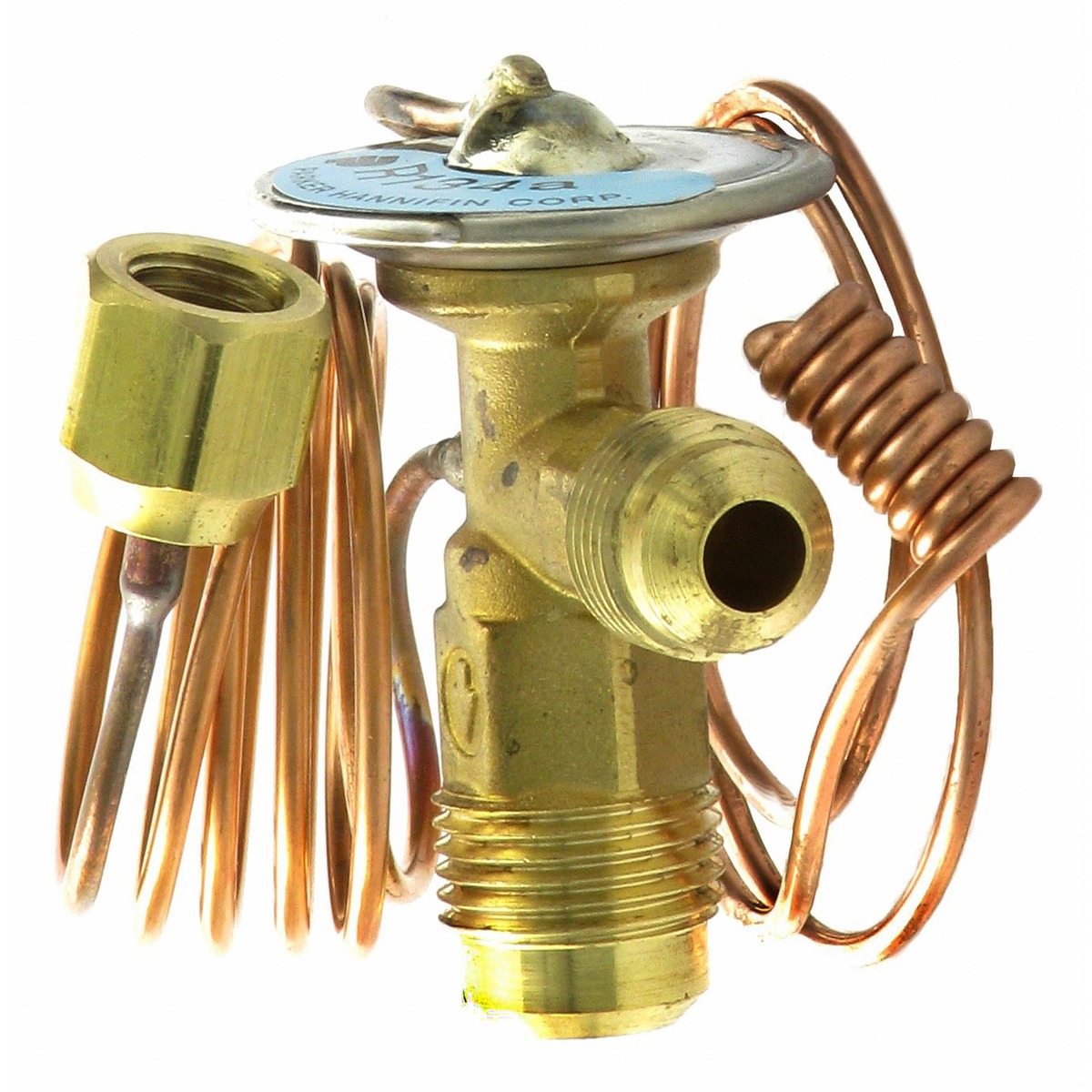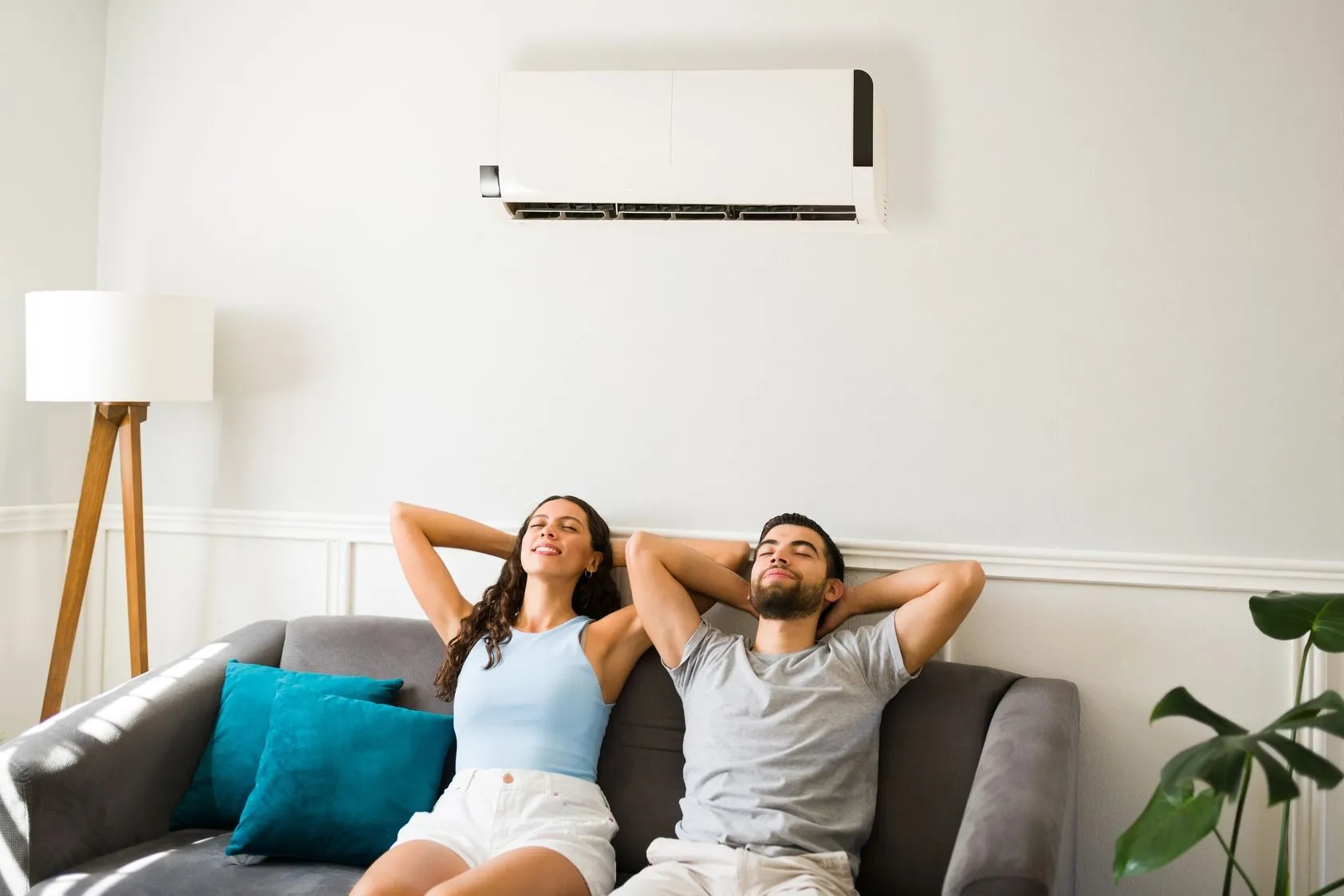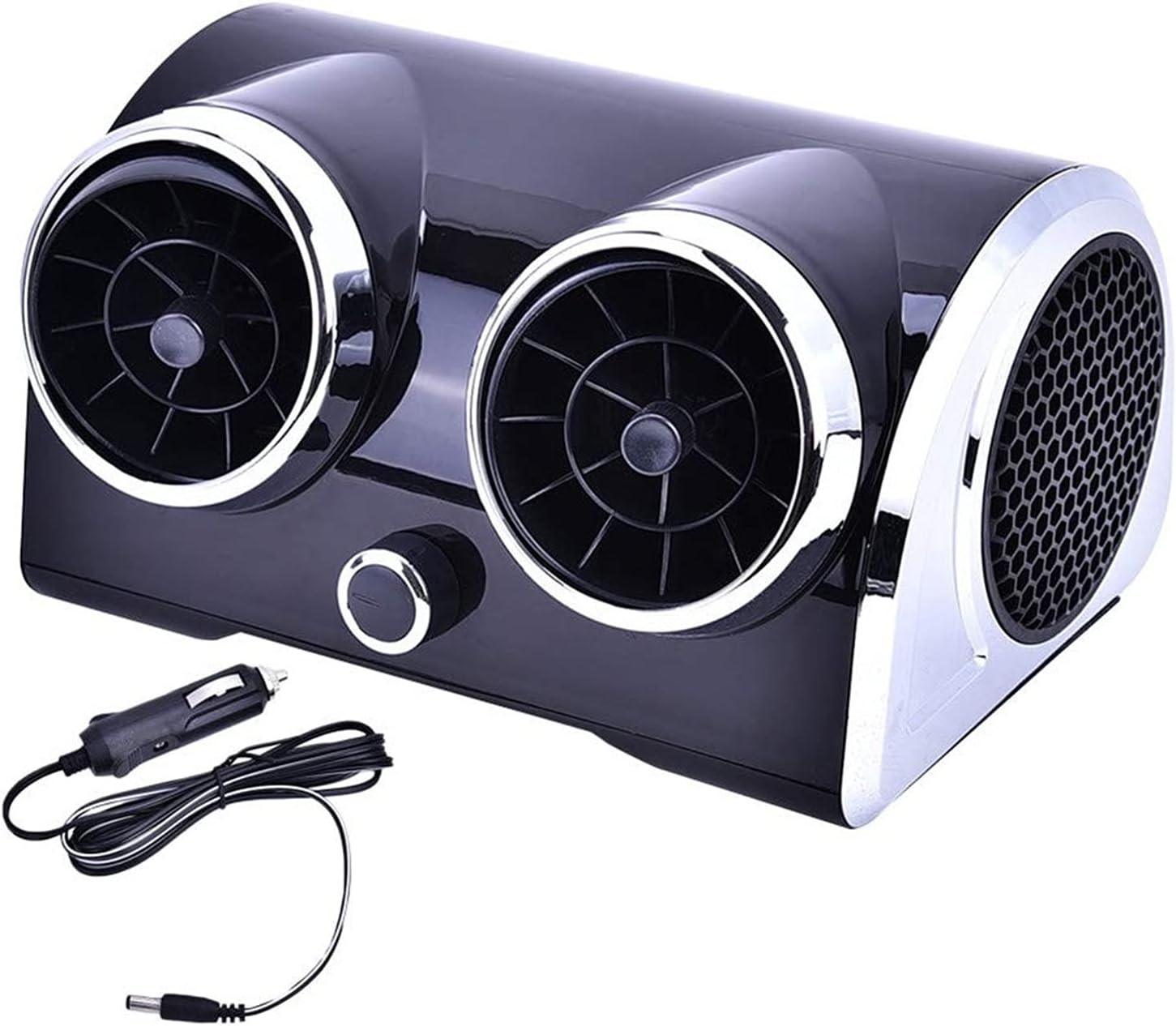Home>Home Maintenance>What Is Reverse Air Conditioning
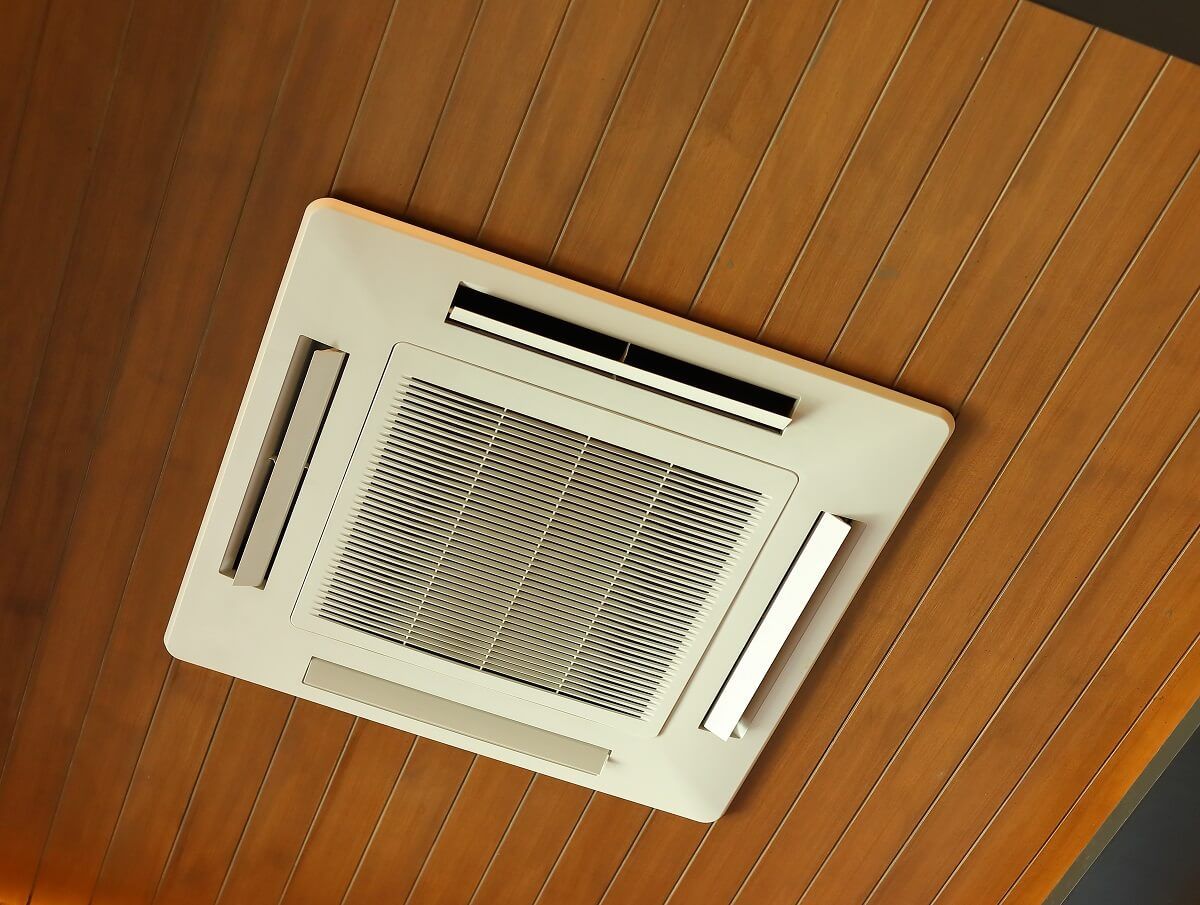

Home Maintenance
What Is Reverse Air Conditioning
Modified: March 6, 2024
Learn about reverse air conditioning and its benefits for your home maintenance. Stay comfortable year-round with energy-efficient cooling and heating.
(Many of the links in this article redirect to a specific reviewed product. Your purchase of these products through affiliate links helps to generate commission for Storables.com, at no extra cost. Learn more)
Introduction
Welcome to the world of reverse air conditioning! In this article, we will explore the fascinating concept of reverse air conditioning and its benefits for maintaining a comfortable and energy-efficient home. So, what exactly is reverse air conditioning?
Reverse air conditioning, also known as reverse-cycle air conditioning or heat pump technology, is a system that can both cool and heat your home. Unlike traditional air conditioning systems that only provide cooling during warm weather, reverse air conditioning offers a versatile solution to keep you comfortable all year round.
This innovative technology works by reversing the refrigeration cycle to pump heat from one location to another. In summer, it extracts heat from indoors and releases it outside, effectively cooling the indoor space. When winter arrives, it reverses the process, extracting heat from the outdoor air and transferring it indoors to provide warmth.
Now that we know the basics of reverse air conditioning, let’s delve deeper into how this system works and explore its many benefits!
Key Takeaways:
- Reverse air conditioning can both cool and heat your home, providing year-round comfort and energy efficiency. It’s like having a versatile all-in-one system for staying cozy in any weather!
- By using heat pump technology, reverse air conditioning reduces energy consumption, lowers utility bills, and contributes to a cleaner, greener environment. It’s a smart and eco-friendly choice for home temperature control!
Read more: What Is Air Conditioning
Definition of Reverse Air Conditioning
Reverse air conditioning is a versatile heating and cooling system that utilizes heat pump technology to regulate the temperature of indoor spaces. It offers the ability to both cool and heat a home, providing year-round comfort and energy efficiency.
The principle behind reverse air conditioning lies in the reversible refrigeration cycle. Unlike traditional air conditioning systems that can only cool the air, reverse air conditioning can also heat it by reversing the direction of the refrigerant flow.
During the cooling mode, the reverse air conditioning system absorbs heat from the indoor air and releases it outside, effectively removing the warmth from the room and cooling it down. The warm air is passed over a refrigerant coil, which cools it and removes the heat, leaving behind cool air to be circulated throughout the space.
On the other hand, during the heating mode, the system extracts heat from the outdoor air and transfers it indoors. Even in cold temperatures, there is still heat energy present in the air, and the heat pump technology efficiently captures this heat and distributes it indoors, effectively warming up the living space.
This dual functionality of reverse air conditioning makes it an ideal choice for regions with varying climates. It provides homeowners with the flexibility to control the temperature of their homes throughout the year, ensuring comfort regardless of the weather outside.
Now that we understand the definition of reverse air conditioning, let’s take a closer look at how this technology actually works and the benefits it offers.
How Reverse Air Conditioning Works
Reverse air conditioning operates on the principles of heat pump technology, which involves the transfer of heat from one location to another. The system consists of three main components: an outdoor unit, an indoor unit, and a refrigerant that cycles between the two units.
During the cooling mode, the process begins with the outdoor unit. The outdoor unit contains a compressor, a fan, and a condenser coil. The compressor compresses the refrigerant, raising its temperature and pressure. The refrigerant then enters the condenser coil, where it releases heat to the outdoor air, causing it to cool down.
Simultaneously, the indoor unit, usually located inside the house, features an evaporator coil and a fan. The cooled refrigerant passes through the evaporator coil, where it absorbs heat from the indoor air. As the refrigerant evaporates, it changes from a liquid to a gas, absorbing the heat and cooling the indoor air.
The warm air from inside the house is drawn through the indoor unit, passes over the chilled evaporator coil, and is then circulated back into the room, effectively cooling the space. The process continues as long as the air conditioner is running, maintaining a comfortable indoor temperature.
During the heating mode, the refrigeration cycle is reversed. The outdoor unit acts as an evaporator while the indoor unit functions as a condenser. The outdoor fan draws in outside air, and the refrigerant absorbs heat from it. The heated refrigerant then enters the indoor unit, where it releases the heat to warm up the indoor air.
The reverse air conditioning system utilises this cycle of heat absorption and release to provide both cooling and heating capabilities. By extracting and transferring heat from one location to another, it offers a cost-effective and energy-efficient solution for temperature control.
It’s important to note that reverse air conditioning systems are equipped with a mechanism to defrost the outdoor unit during extremely cold temperatures. This prevents ice build-up and ensures the system functions optimally even in freezing conditions.
Now that we have a clear understanding of how reverse air conditioning works, let’s explore the numerous benefits it brings to homeowners.
Benefits of Reverse Air Conditioning
Reverse air conditioning offers a range of benefits that make it a popular choice for homeowners seeking versatility, energy efficiency, and year-round comfort. Let’s explore some of the key advantages of this innovative technology:
- Heating and Cooling Flexibility: One of the standout benefits of reverse air conditioning is its ability to both cool and heat a home. This means you can enjoy a comfortable indoor environment throughout the year, regardless of the outside temperature. Whether it’s scorching hot or freezing cold, reverse air conditioning ensures your home remains cozy and pleasant.
- Energy Efficiency: Reverse air conditioning systems are designed to be highly energy-efficient. By utilizing heat pump technology, these systems transfer heat rather than generate it, resulting in significant energy savings. Heat pumps are known to provide more energy output than the electricity input, making reverse air conditioning an eco-friendly and cost-effective option for heating and cooling your home.
- Reduced Carbon Footprint: As reverse air conditioning relies on transferring heat rather than burning fossil fuels, it helps to reduce carbon emissions. By choosing this environmentally-friendly option, homeowners can contribute to a cleaner and greener future while enjoying a comfortable living environment.
- Zoned Heating and Cooling: Reverse air conditioning systems often come equipped with zoning capabilities, allowing you to divide your home into separate zones and control the temperature of each zone independently. This level of control not only increases comfort but also helps to optimize energy usage by only heating or cooling specific areas as needed, further enhancing energy efficiency.
- All-in-One Solution: With reverse air conditioning, there’s no need to invest in separate heating and cooling systems. This all-in-one solution eliminates the need for additional equipment and simplifies maintenance and operation. It also saves space and reduces installation costs.
- Improved Indoor Air Quality: Reverse air conditioning systems incorporate air filters that help to purify the air as it circulates in your home. These filters trap dust, pollen, allergens, and other airborne particles, resulting in improved indoor air quality and a healthier living environment.
- No Need for Separate Furnace: In regions with milder winters, reverse air conditioning eliminates the need for a separate furnace. The system efficiently extracts heat from the outdoor air, providing sufficient warmth to keep your home cozy without the need for additional heating sources.
These benefits combine to make reverse air conditioning an attractive option for homeowners seeking efficient and flexible heating and cooling solutions. Whether you live in a region with extreme weather conditions or simply want year-round comfort and energy savings, reverse air conditioning is a reliable and convenient choice.
Now, let’s compare reverse air conditioning with traditional air conditioning to understand how it stands out from conventional cooling methods.
Comparison with Traditional Air Conditioning
When it comes to cooling your home, reverse air conditioning offers several advantages over traditional air conditioning systems. Let’s explore the key points of comparison between the two:
- Heating Capability: Traditional air conditioning systems can only cool the air. In contrast, reverse air conditioning provides both cooling and heating capabilities. This versatility makes reverse air conditioning a more comprehensive and cost-effective solution for maintaining a comfortable indoor environment all year round.
- Energy Efficiency: Reverse air conditioning systems are highly energy-efficient due to their utilization of heat pump technology. These systems transfer heat from one location to another rather than generating it, resulting in lower electricity consumption. Traditional air conditioning systems, on the other hand, consume more energy as they rely solely on electrical power to cool the air.
- Cost Savings: The energy efficiency of reverse air conditioning translates into cost savings for homeowners. By reducing energy consumption, reverse air conditioning systems can help lower monthly utility bills and provide long-term savings compared to traditional air conditioning systems.
- Year-Round Comfort: Traditional air conditioning systems are designed to provide cooling during hot weather, which means that homeowners need to invest in additional heating sources for the colder months. Reverse air conditioning eliminates the need for separate heating systems as it can effectively warm up your home during winter.
- Environmental Impact: Reverse air conditioning systems have a lower environmental impact compared to traditional air conditioning. By using heat pump technology and reducing the reliance on fossil fuels, reverse air conditioning helps to reduce carbon emissions and contribute to a greener and more sustainable environment.
- Flexibility and Zoning: Reverse air conditioning systems often offer zoning capabilities, allowing homeowners to control the temperature in different zones within the house independently. Traditional air conditioning systems typically lack this level of flexibility, resulting in less customizable comfort options.
- Consistent Performance: Reverse air conditioning systems are designed to provide consistent performance regardless of the outside temperature. Traditional air conditioning systems may struggle to maintain cooling efficiency during extremely hot weather, leading to discomfort and increased energy consumption.
Overall, reverse air conditioning systems offer enhanced functionality, energy efficiency, and flexibility compared to traditional air conditioning. They provide both cooling and heating capabilities, resulting in year-round comfort and cost savings. With their low environmental impact and customizable zoning options, reverse air conditioning systems are a modern and efficient solution for home temperature control.
Now that we understand the advantages of reverse air conditioning, let’s explore the various applications and considerations for installing this system in your home.
Reverse air conditioning, also known as a heat pump, can both heat and cool a space by transferring heat from one place to another. It’s an energy-efficient option for maintaining comfortable temperatures year-round.
Read more: What Is A Reverse Cycle Air Conditioner
Applications of Reverse Air Conditioning
Reverse air conditioning systems find application in a wide range of residential and commercial settings. Let’s explore the various environments where reverse air conditioning can be beneficial:
- Residential Homes: Reverse air conditioning is an ideal choice for homeowners who want reliable cooling and heating options throughout the year. Whether you live in a region with extreme climates or simply desire year-round comfort, reverse air conditioning systems can effectively regulate the temperature of your home.
- Office Buildings: Reverse air conditioning can be used in office buildings to ensure a comfortable working environment for employees. The ability to cool and heat the space according to the seasons helps maintain productivity and creates a pleasant atmosphere for staff and clients alike.
- Retail Stores: Retail stores often have varying temperature needs depending on the products being sold. Reverse air conditioning offers the flexibility to cater to different zones within the store, ensuring optimal temperature control for perishable items or areas where customers may spend extended periods.
- Hospitality Industry: Hotels and resorts can greatly benefit from reverse air conditioning systems. Guests expect comfortable and consistent temperatures in their rooms, regardless of the season. Reverse air conditioning provides the flexibility and energy efficiency required to meet these expectations.
- Restaurants: Restaurants may have specific areas, such as dining rooms and kitchens, that require different temperature settings. Reverse air conditioning’s ability to provide zoned heating and cooling makes it an ideal solution for maintaining comfortable environments in these establishments.
- Schools and Educational Institutions: Reverse air conditioning systems are suitable for educational institutions as they provide a controlled and comfortable indoor environment for students and teachers. Whether it’s a classroom or a library, reverse air conditioning helps maintain an optimal temperature for learning and concentration.
- Healthcare Facilities: Hospitals, clinics, and other healthcare facilities require precise temperature control to maintain the comfort of patients and the effectiveness of medical equipment. Reverse air conditioning systems can provide consistent and regulated heating and cooling in these environments.
These are just a few examples of the various applications of reverse air conditioning. The versatility and energy efficiency of these systems make them a viable choice for a wide range of residential, commercial, and institutional settings.
Now, let’s explore the key considerations to keep in mind when installing reverse air conditioning in your home or business.
Considerations for Installing Reverse Air Conditioning
When considering the installation of a reverse air conditioning system, there are several important factors to take into account. Let’s explore these considerations to ensure a successful installation and optimal performance:
- Sizing: It’s crucial to choose a reverse air conditioning system that is properly sized for your space. An undersized unit may struggle to cool or heat the area effectively, while an oversized unit may lead to frequent cycling and inefficient operation. It’s advisable to consult with a professional HVAC technician to determine the correct size for your specific needs.
- Insulation: Adequate insulation is essential for the effective operation of reverse air conditioning systems. Poor insulation can result in heat loss during winter or heat gain during summer, compromising the system’s energy efficiency. Ensure that your home or building is properly insulated before installing reverse air conditioning.
- Ductwork: If you already have ductwork in place, it’s essential to have it inspected to ensure it is in good condition and properly sealed. Leaky or poorly insulated ductwork can lead to energy loss and reduced system performance. Consider having any necessary repairs or improvements made before installing the reverse air conditioning system.
- Outdoor Space: Reverse air conditioning systems require an outdoor unit that releases heat during the cooling mode and absorbs heat during the heating mode. Ensure that you have adequate outdoor space available for the unit to be installed and that it is placed in a location that allows for proper ventilation and airflow.
- Installation Cost: The cost of installing a reverse air conditioning system can vary depending on factors such as the size of the space, the complexity of the installation, and any additional modifications required. It’s recommended to obtain multiple quotes from reputable HVAC professionals to determine the most cost-effective option for your specific needs.
- Maintenance: Like any other HVAC system, reverse air conditioning requires regular maintenance to ensure optimal performance and longevity. Consider the maintenance requirements of the system and factor in the cost and frequency of servicing when planning for installation.
- Budget Considerations: While reverse air conditioning systems offer long-term energy savings, it’s important to consider the upfront costs when budgeting for installation. Evaluate your financial capabilities and choose a system that fits within your budget while still meeting your heating and cooling requirements.
- Professional Installation: It is highly recommended to have your reverse air conditioning system installed by a professional HVAC technician. They have the knowledge and expertise to ensure proper installation, optimal performance, and adherence to safety guidelines. DIY installation is not recommended as it may void warranties and lead to subpar performance.
Taking these considerations into account will help ensure a successful installation and maximize the benefits of your reverse air conditioning system. Consult with HVAC professionals, obtain accurate measurements, and weigh the various factors before making your final decision.
Now that we’ve explored the considerations for installation, let’s discuss the maintenance and cleaning requirements of reverse air conditioning systems.
Maintenance and Cleaning of Reverse Air Conditioning Systems
Regular maintenance and cleaning are essential to ensure the optimal performance and longevity of your reverse air conditioning system. By following these guidelines, you can keep your system in top condition:
- Filter Cleaning: The air filters in your reverse air conditioning system collect dust, debris, and other airborne particles over time. It is important to clean or replace these filters regularly, typically every 1-2 months, to maintain proper airflow and prevent dust buildup. Consult your system’s manual for specific instructions on how to clean or replace the filters.
- Outdoor Unit Cleaning: The outdoor unit of your reverse air conditioning system, often referred to as the condenser unit, can accumulate dirt, leaves, and debris. Regularly inspect the unit and clean it using a hose or a soft brush to remove any obstructions that may hinder airflow. This will help maintain efficient heat transfer and enhance system performance.
- Coil Cleaning: Both the indoor and outdoor coils of your reverse air conditioning system can accumulate dirt and dust, affecting their heat transfer capabilities. It is recommended to have these coils professionally cleaned at least once a year to keep them free of debris and ensure optimal system efficiency.
- Duct Cleaning: Over time, dust, debris, and contaminants can accumulate in the ductwork of your reverse air conditioning system. While routine duct cleaning may not be required, it is beneficial to have a professional inspection conducted periodically to identify any significant buildup or issues that may affect indoor air quality and system performance.
- Inspect and Lubricate Moving Parts: Regularly inspect the moving parts of your reverse air conditioning system, such as fans and motors, for any signs of wear or damage. Lubricate these parts as recommended by the manufacturer to minimize friction and keep them operating smoothly. Be sure to follow the manufacturer’s guidelines and use appropriate lubricants.
- Check Refrigerant Levels: The refrigerant in your reverse air conditioning system plays a crucial role in the heat transfer process. Have a professional technician check the refrigerant levels periodically to ensure they are at the recommended levels. Low refrigerant levels may indicate a leak, which should be promptly addressed to maintain system efficiency.
- Schedule Professional Maintenance: It is advisable to schedule annual maintenance with a qualified HVAC professional. During this inspection, the technician will thoroughly inspect and tune-up your reverse air conditioning system, identifying any potential issues and ensuring that it operates at its highest efficiency.
- Follow Manufacturer’s Guidelines: Always refer to the manufacturer’s guidelines and recommendations for maintenance and cleaning specific to your reverse air conditioning system. These instructions may vary depending on the make and model, so it’s essential to follow the guidelines provided by the manufacturer.
Regular maintenance and cleaning not only ensure that your reverse air conditioning system operates efficiently and effectively, but they also help prevent breakdowns and extend the lifespan of the system. By following these guidelines and staying proactive with system maintenance, you can enjoy optimal comfort and performance from your reverse air conditioning system for years to come.
Now that we’ve covered maintenance and cleaning, let’s wrap up with a summary of the article and some final thoughts.
Conclusion
Reverse air conditioning, with its ability to both cool and heat a space, provides a versatile and energy-efficient solution for maintaining a comfortable indoor environment throughout the year. By utilizing heat pump technology, this innovative system transfers heat from one location to another, offering homeowners a cost-effective and eco-friendly way to regulate the temperature in their homes.
We explored the definition and working principles of reverse air conditioning, highlighting its benefits over traditional air conditioning systems. The ability to provide heating and cooling flexibility, energy efficiency, reduced carbon footprint, and improved indoor air quality make reverse air conditioning an attractive choice for homeowners and businesses alike.
We also discussed various applications of reverse air conditioning, ranging from residential homes to commercial spaces like offices, retail stores, and hospitality establishments. The zoning capabilities and consistent performance of reverse air conditioning systems make them suitable for a wide range of environments where precise temperature control is essential.
When considering the installation of a reverse air conditioning system, we emphasized the importance of proper sizing, insulation, and maintenance. It is crucial to consult with HVAC professionals, assess your budget, and ensure that your home or building meets the necessary requirements for optimal system performance and energy efficiency.
To get the most out of your reverse air conditioning system, regular maintenance and cleaning are essential. From filter cleaning and outdoor unit maintenance to coil cleaning and lubricating moving parts, these tasks help ensure that your system operates efficiently and lasts for years to come.
In conclusion, reverse air conditioning provides a comprehensive heating and cooling solution that offers comfort, energy efficiency, and environmental sustainability. By leveraging heat pump technology, this system offers year-round temperature control and cost savings. Whether for residential or commercial use, reverse air conditioning is an excellent investment for maintaining a comfortable indoor environment in any climate.
So, if you’re looking for a versatile and efficient air conditioning solution, consider reverse air conditioning for your home or business. With its benefits, applications, and proper maintenance, you can ensure a comfortable and enjoyable indoor environment no matter the season.
Frequently Asked Questions about What Is Reverse Air Conditioning
Was this page helpful?
At Storables.com, we guarantee accurate and reliable information. Our content, validated by Expert Board Contributors, is crafted following stringent Editorial Policies. We're committed to providing you with well-researched, expert-backed insights for all your informational needs.
